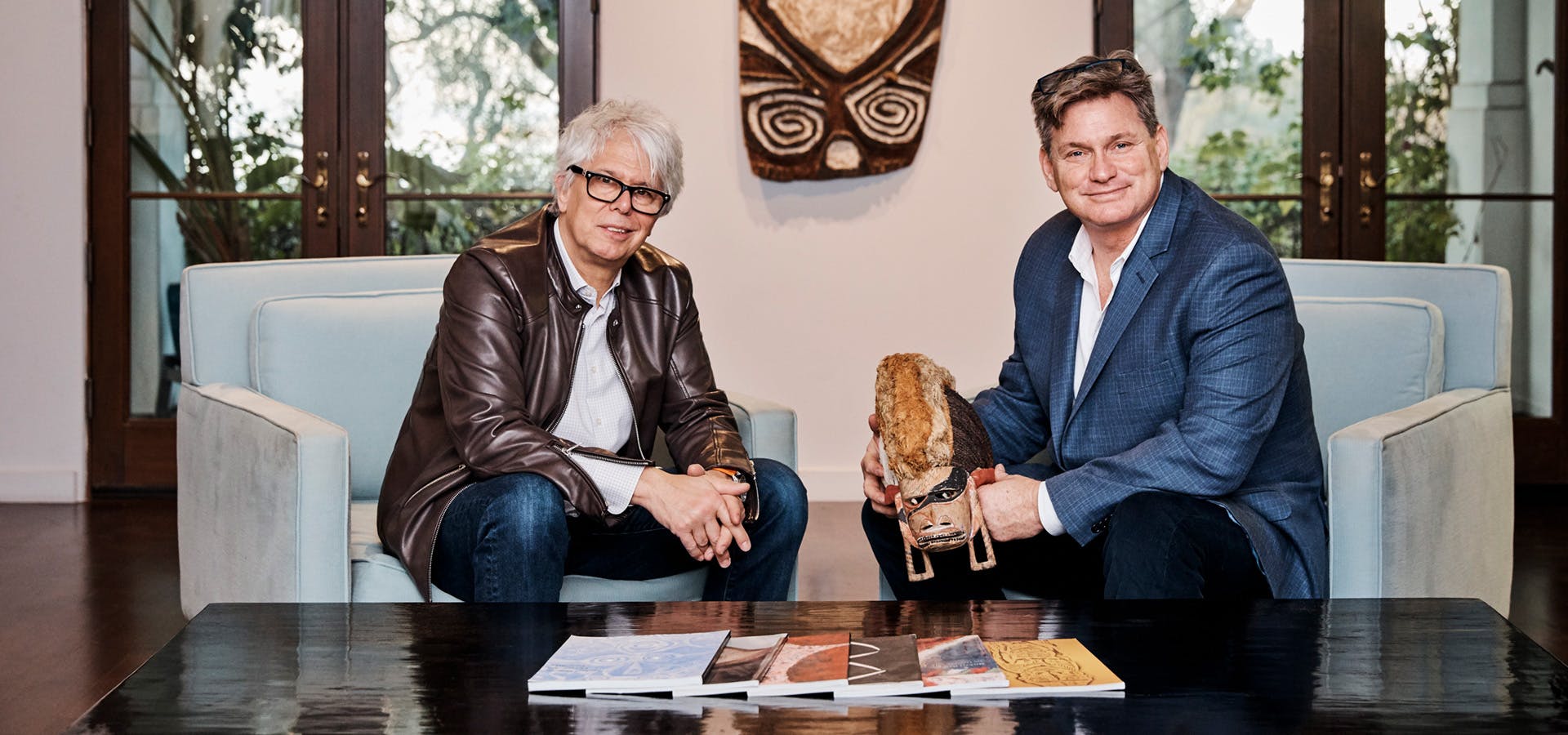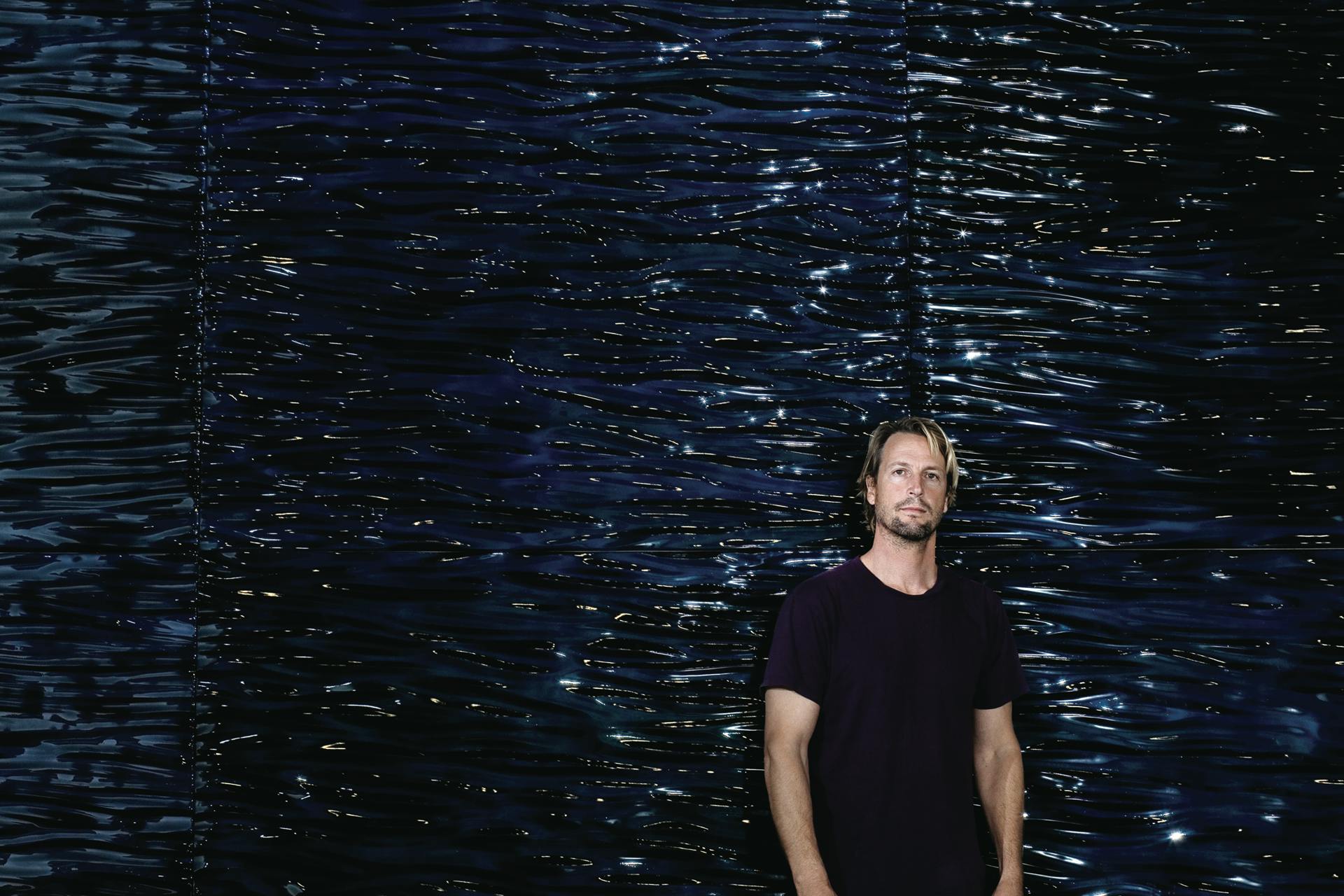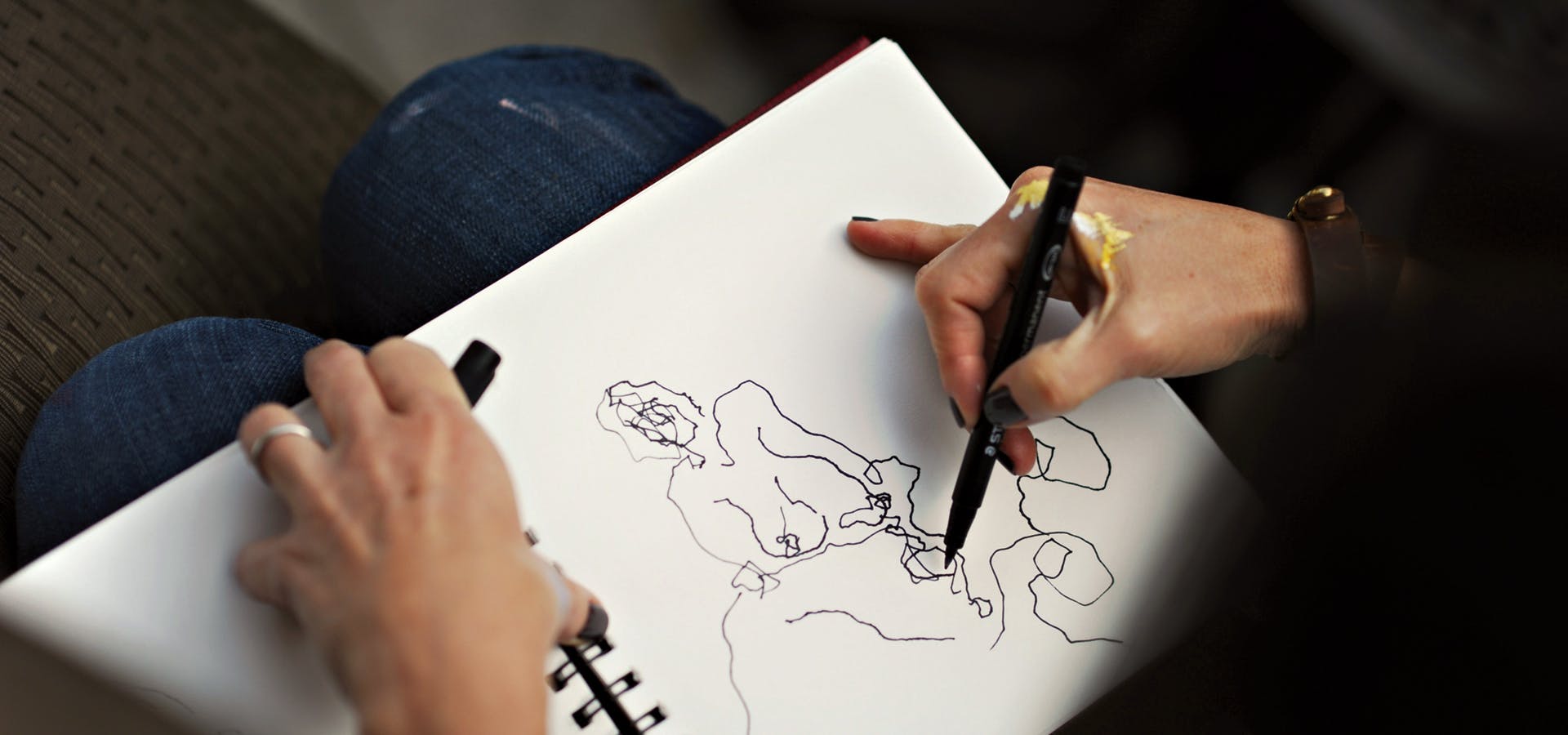
This is a process that involves equal amounts of passion, courage and commitment. It’s as much an evolution of the buyer as it is the curated collection, with an end result being a life enriched by the art, the people who create it and those who sell it.
Business relationships turn into personal friendships, as equal amounts of trust are required from both collector and dealer. Ultimately a collector views his collection as not only the pieces but also as the people who nurtured his interest, his education and his pursuit.
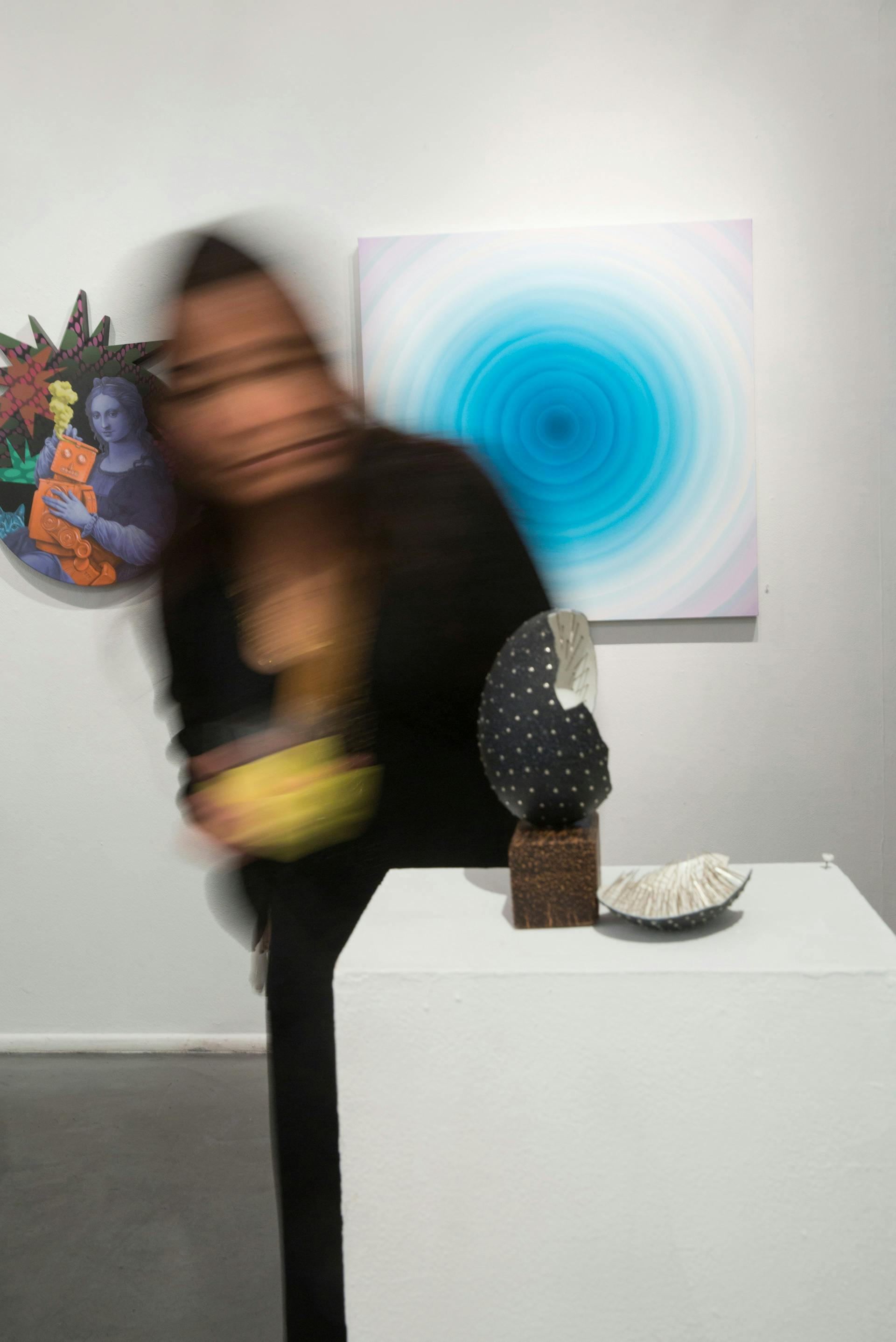
There are many paths to creating an art collection, and there is no specific “right” way to do it. From inheritance to collecting with intent, people amass decorative arts that interest, entertain and enrapture. While some people choose to hire an art advisor or work directly with one gallery, the majority of people make their own decisions and purchases from a number of sources. From benefit auctions to niche market collecting, people buy art that satisfies their creative and emotional energies.
Entering a world-renowned gallery can be daunting. Svelte, well-coiffed attendants glide through hushed galleries where prices are not listed—causing further angst to novice buyers. However, one should never be intimidated about going to any gallery. The purpose of every gallery is to sell art, and in order to sell art the gallery must engage potential buyers. For that reason, everyone is welcome.

The Beginner
For the novice, it’s important to see many types of art in many settings. There is no better education than visiting museums because the eye will be trained by viewing the best works by acclaimed artists. However, another great asset of every community is the art association.
Most frequently, artists of a specific area comprise the association; however, there are some associations that require juried entrance open to national artists. Exhibitions at art associations are frequent, and emerging artist prices are affordable. Furthermore, opportunities to meet both the artists and the other collectors are abundant, thereby cultivating numerous relationships.

The Los Angeles Art Association (LAAA) is the oldest art association in California. Founded in 1925, the LAAA’s first exhibit focused on European Masters–a collection that was donated to LACMA in 1933. At that point the LAAA turned its focus on featuring pieces by local and regional emerging artists.
Today the LAAA has an extensive roster of member artists from across the nation whose works are shown at Gallery 825 on North La Cienega in West Hollywood. Shows are held every six weeks and are juried by guest curators and directors from major national museums and renowned galleries.

LAAA executive director Peter Mays believes that “cultural exchange programs and collaborative forums with universities and museums continue to reinforce the LAAA’s programming as one of the top in the country.” From large exhibitions to more intimate conversations with artists to the ArtSpeak series for artists, the LAAA provides numerous opportunities to engage buyers with emerging artists as well as promote artists to larger platforms.
Closer to home, the Palos Verdes Art Center serves the South Bay area as a place for exhibitions, education and outreach in the visual arts. Local artists work at the center, where their pieces are frequently on exhibit and for sale in the gift shop. Additionally, the center hosts juried exhibitions throughout the year featuring national and international artists. From wearable art to the evolution of California organic architecture, the PVAC encompasses the past and present as it looks to the future.
The PVAC also provides extensive educational opportunities for the community at large. The Studio School within the center offers classes for all ages, levels and abilities, including specially-abled artists. Says PVAC executive director Joe Baker, “It’s a highly creative laboratory committed to engaging a diverse audience by using the art as a catalyst for conversation and the exchange of ideas as we unite people through the various processes and styles via our exhibitions and programs.”
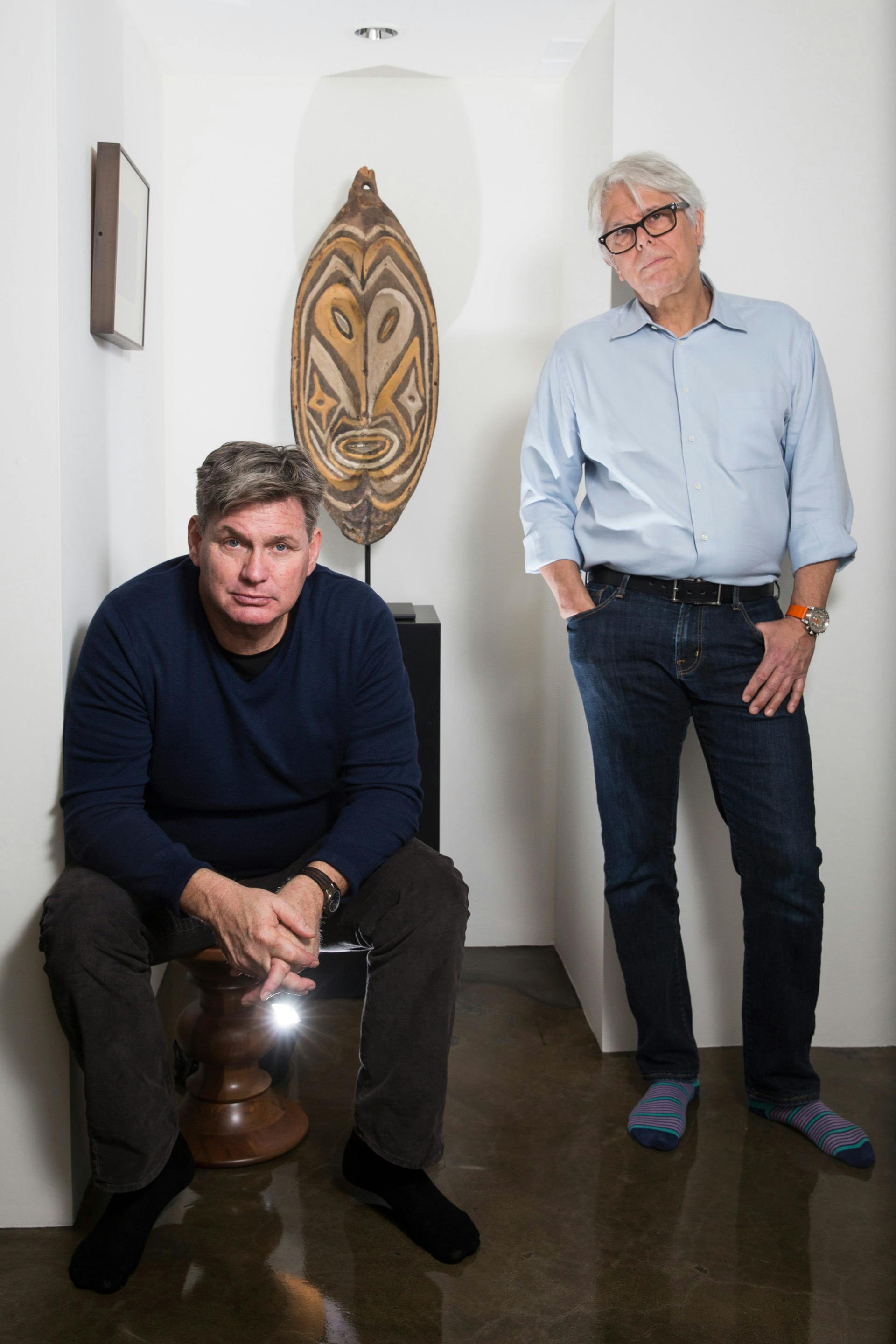
The Experienced Viewer
Although there’s a stigma that galleries are expensive and even cost-prohibitive, it’s an overgeneralization that should be eliminated. While some galleries represent works that are a significant financial commitment, not all galleries are costly. There are many opportunities to acquire art by documented artists at affordable prices.
The G2 Gallery in Venice proves an excellent example of a gallery representing both internationally renowned and emerging artists—and often at very reasonable price points. Founded in 2008 by Dan Gottlieb and Susan Gottlieb, the gallery focuses on nature and wildlife photography with an emphasis on philanthropy.

Spectacular images of landscapes and wildlife comprise the gallery, where shows change every eight weeks and all proceeds are returned to environmental charities. The list of charities is long and includes the Western National Parks Association, Earthjustice, the Wilderness Society and Audubon California. To date, more than $1.2 million has been donated to environmental nonprofits through the sale of the photographs–a rare feat in the art market.
“We bring attention to environmental issues through the power of photographic art, so our roster of represented artists includes some of the world’s most renowned photographers whose work is not only in museums, films and books but who’ve also been nationally recognized for accomplishments that have shaped the environmental movement,” says gallery director Lisa Fimiani.
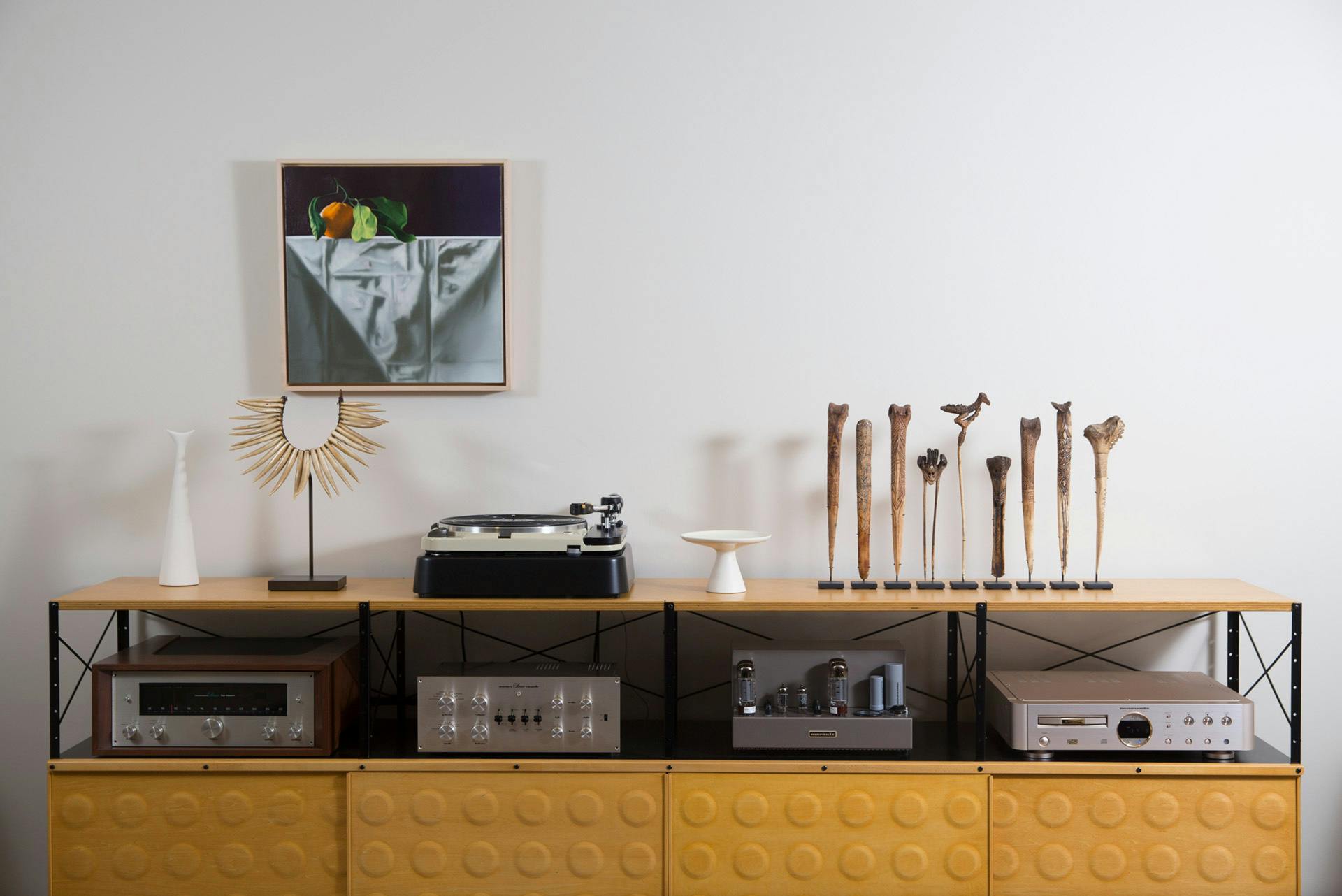
Photographs by acclaimed photographers such Ansel Adams, Alan Ross, Tom Mangelsen and Robert Glenn Ketchum line the walls next to several Los Angeles nature photographers that include J.J. L’Heureux and Ian Shive. Stunning images in black-and-white or color can be acquired for as low as $400—an incredibly affordable price point for work by such prestigious creators.
The gallery gift shop on the ground floor is an additional treasure trove of beautifully handcrafted objects ranging from artisan bowls to jewelry to children’s items to books–all unique and not found elsewhere in the area. The Gottliebs’ recently published book, The Gottlieb Native Garden, a California Love Story, celebrates their acclaimed Beverly Hills wildlife habitat garden and teaches the need for biodiversity as we face global environmental changes.
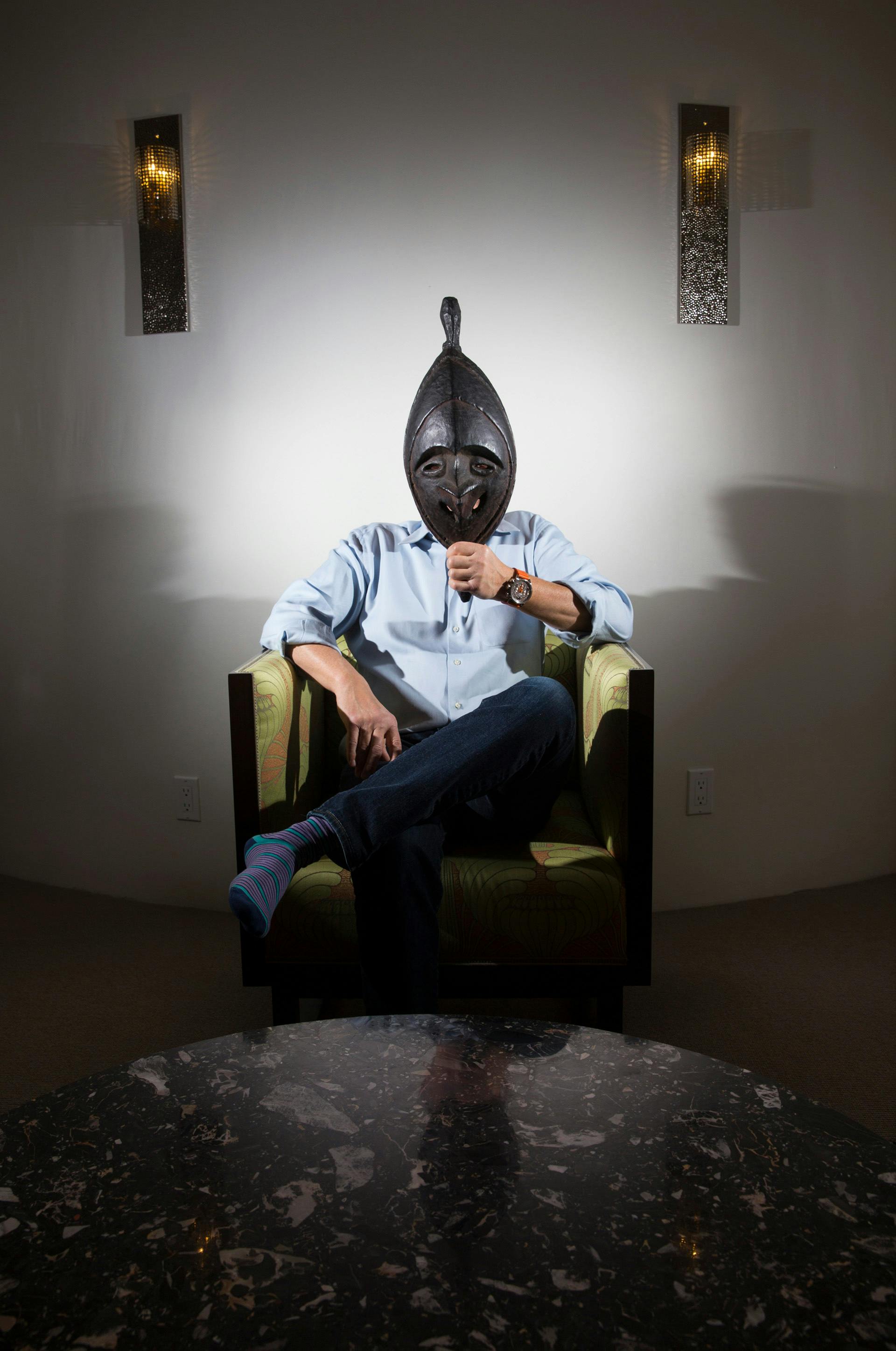
The Collector
As buyers become collectors, the process shifts significantly. Collectors focus on intrinsically valuable pieces due to rarity, date of creation and the significance as it relates to the overall collection. Furthermore, broad art collecting shifts to very specific markets that are usually defined by geographical location, period and medium.
Although most people think of fine art as paintings and sculpture, collecting extends to all decorative arts and objects. One of the most specific niche markets in the art world is Oceanic art: pieces created by the native peoples of the Pacific islands, including Papua New Guinea, New Zealand and Australia, prior to Western tourist arrival in the 1950s.
Michael Hamson is internationally renowned for his knowledge of Oceanic art and his vast experience in both collecting and selling. After pursuing a master’s degree in African and Oceanic art history, Michael spent 20 years combing the remote areas of Papua New Guinea on field collecting trips, amassing a tremendous inventory.
Oceanic art objects range from the symbolic to the utilitarian; however, all have a sculptural quality that translates a unique message and meaning. From shields to spirit figures to masks to headrests to bowls to earrings, Michael’s inventory tells the story of a spiritually engaged people who understood and appreciated beauty and ritual—even in functional pieces.
Michael is based in Palos Verdes, but he exhibits internationally, including at the prestigious Parcours des Mondes in Paris. He has both national and international clients.

“The interesting thing about exhibiting in Europe is that people of all ages and socioeconomic levels are interested in all types of art. Even if they’re not potential buyers, they appreciate the pieces and enjoy looking, but that’s not as common in America.”
Michael notes that he can guide a first-time buyer to make a smart purchase even if the buyer would like to start with a small purchase of less than $1,000 or pay in installments. “Oceanic art is not a field in which most people have extensive knowledge, so I want them to feel comfortable and make good decisions about what to buy so that they enjoy the process of collecting. My integrity is the key to that relationship,” he shares.
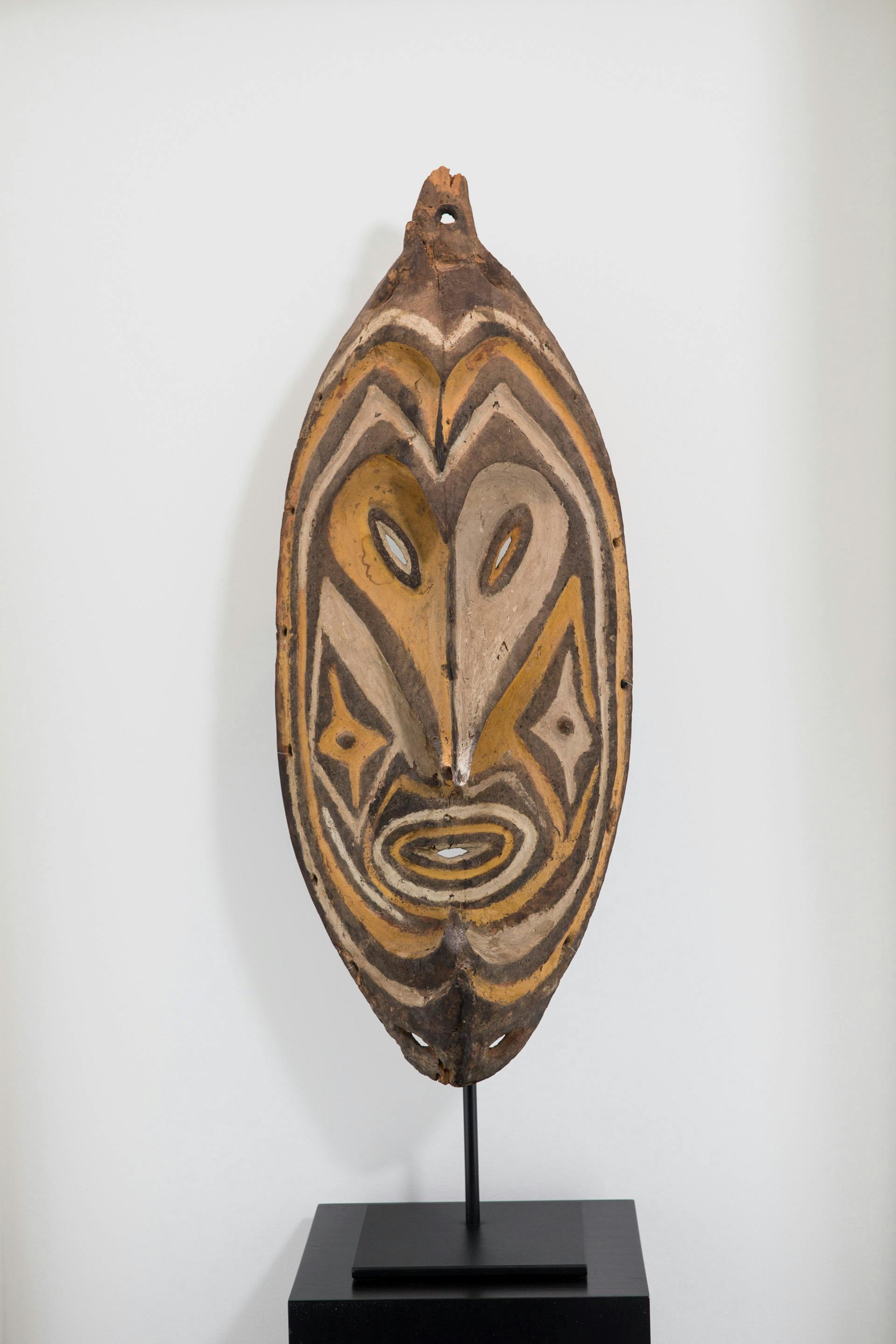
Global luxury market expert and art connoisseur Robert Ross began collecting Oceanic art through Michael 10 years ago, but his expertise in the process of collecting is extensive as evidenced by the depth of his varied collections. Having amassed previous collections as diverse as Northern European 15th century prints and classic automobiles, Ross is keenly aware of the critical need to work with dealers whose integrity is as strong as their knowledge of their field. “Michael is a rare dealer due to his experience in field collecting, underpinned by his academic credentials and years of research. He became a trusted advisor when I started collecting and continues to be a valued friend and resource,” says Robert, who lives in the San Fernando Valley.
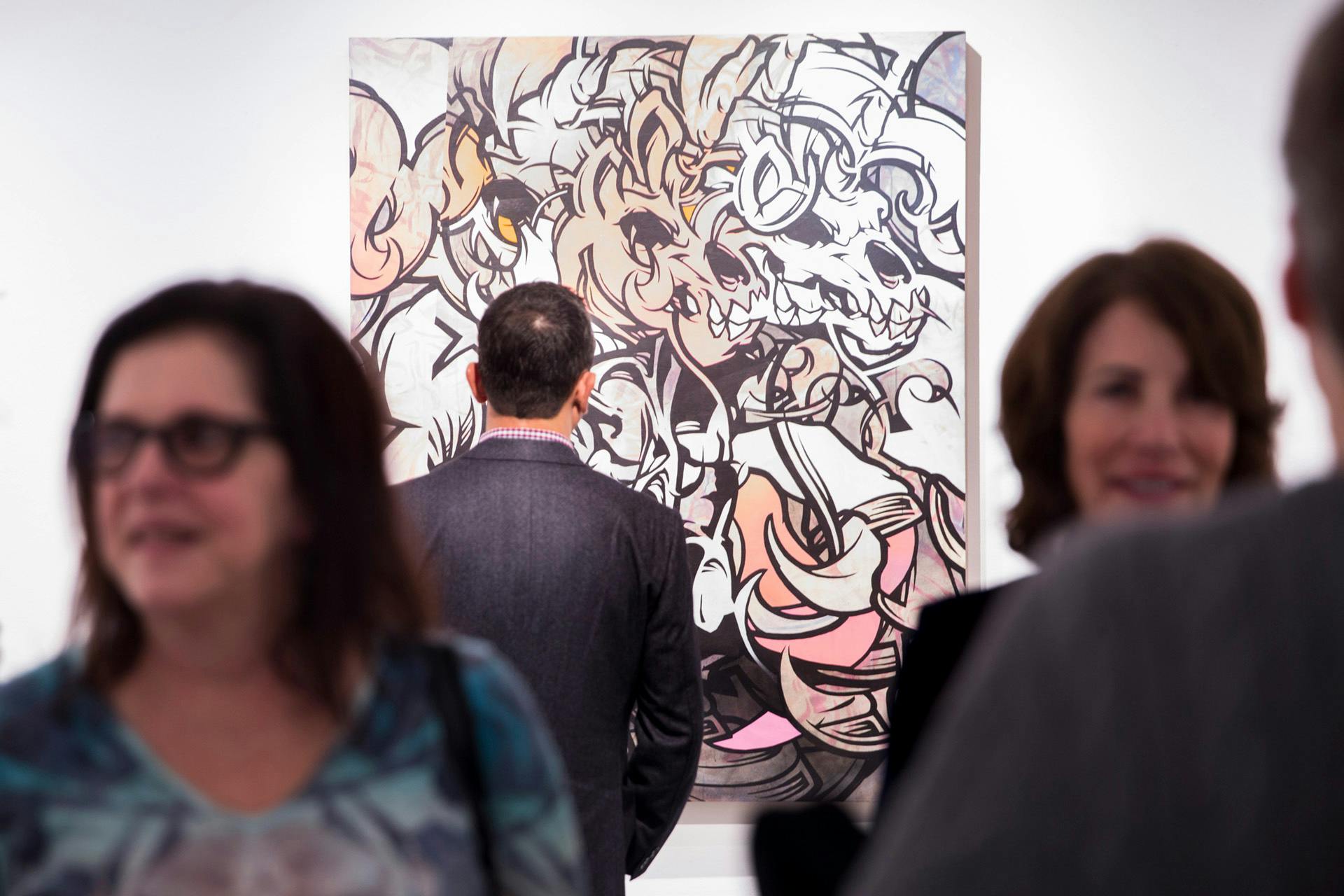
Robert only buys a few pieces each year, but he knows that if Michael calls with a great discovery, it’s already vetted and worthy of investment. The cornerstone is that the two share an appreciation and a passion for collecting authentic, period Oceanic art; the capstone is the friendship and mutual respect that has resulted from the process of collecting.
Whether you are just becoming acquainted with art and the process of collecting or whether you are a seasoned buyer forming a collection, the process is interesting and engaging. The history of the piece includes the history of the artist, while the process involves galleries and dealers. One purchase can turn into a lifelong passion not only for the art but with the creators and those who sell it.
Art by its very definition is the creation of human skill and imagination. May your art collecting process open your mind and engage your imagination as you journey through the eyes and minds of those who create it.





